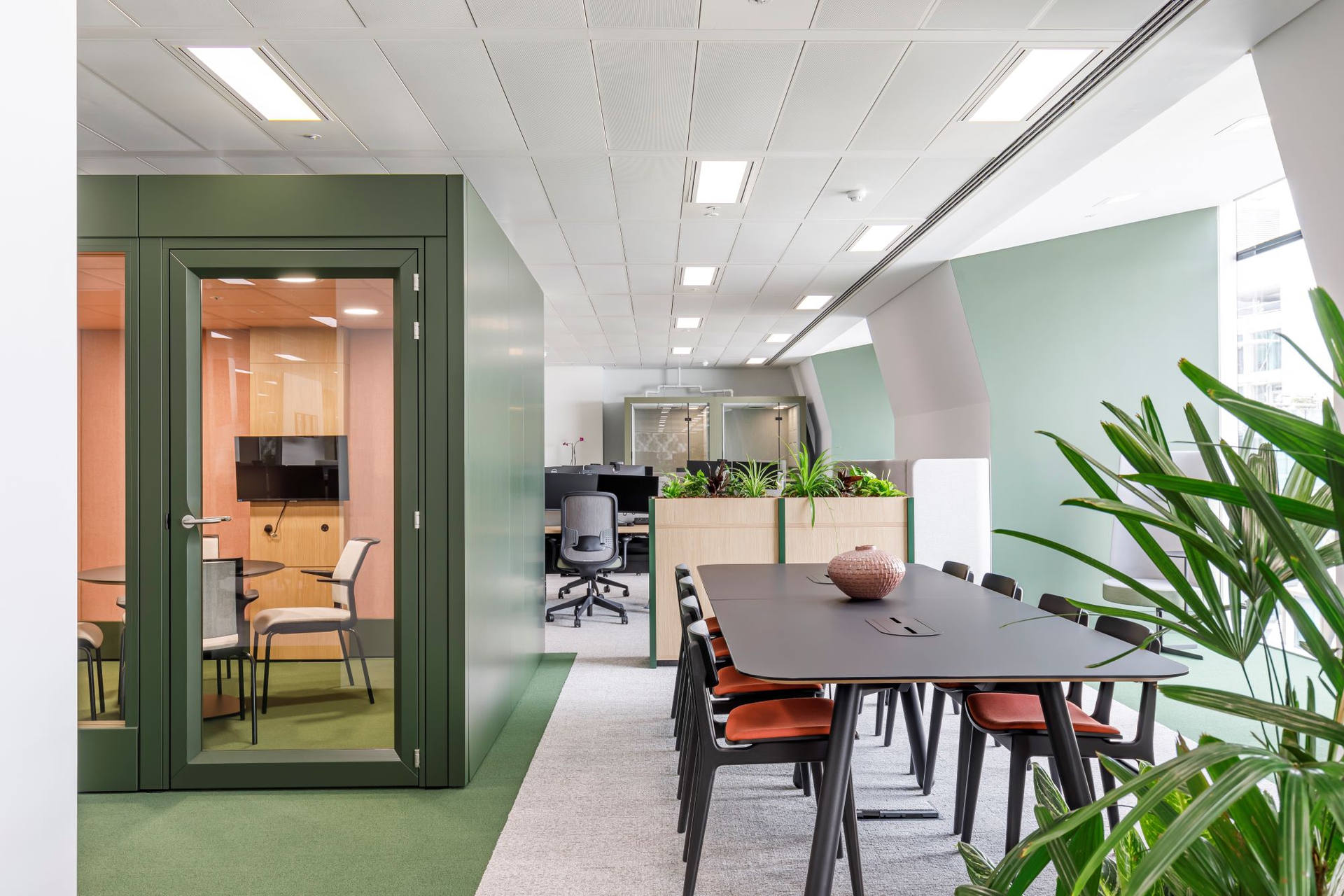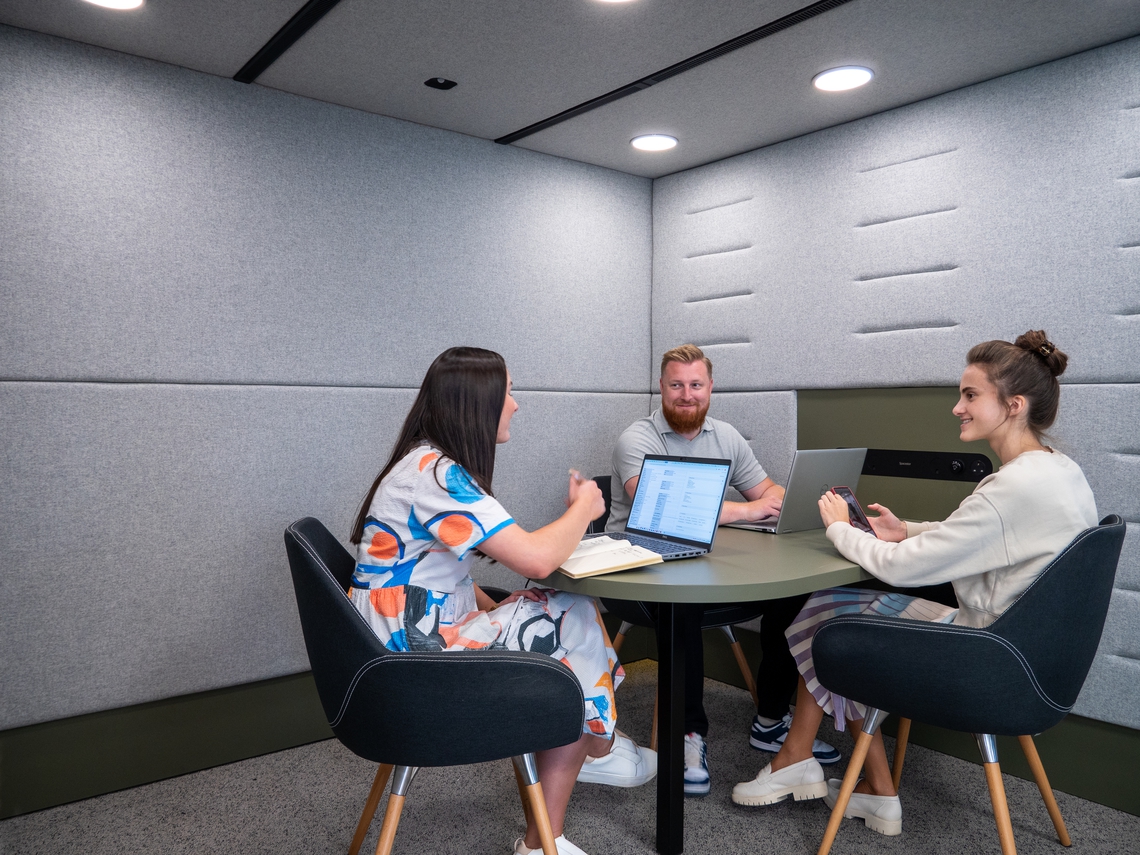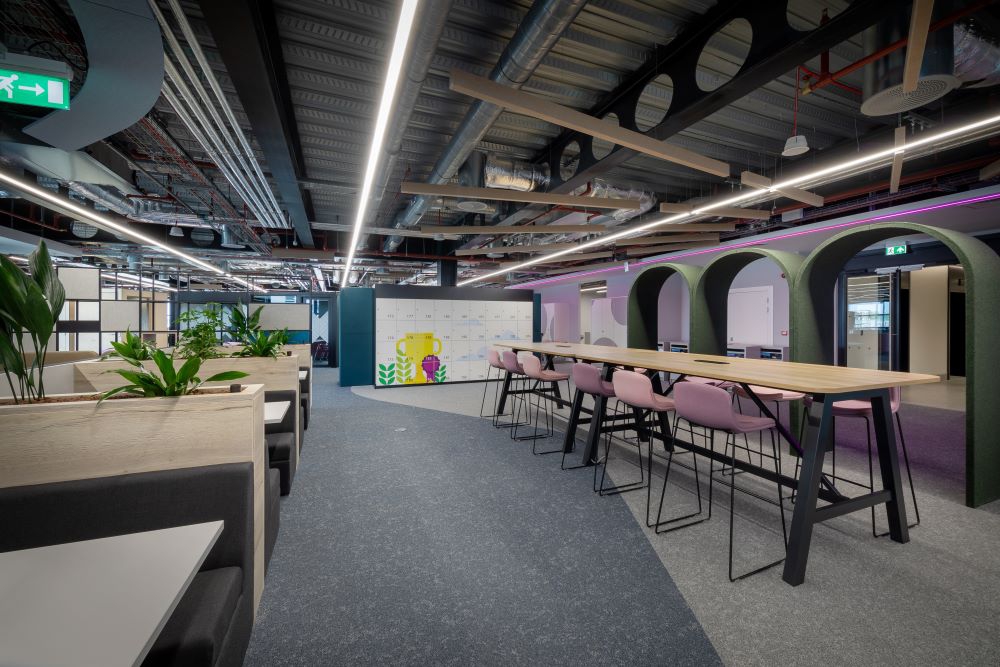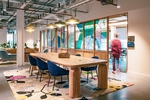
Top Trends in Education for 2025: Designing Spaces for the Future of Learning
As education evolves to meet the needs of modern students and educators, the environments in which learning happens play a critical role
As education evolves to meet the needs of modern students and educators, the environments in which learning happens play a critical role. In 2025, key trends are shaping how educational spaces are designed, aligning with advancements in technology, pedagogy, and societal needs.

AI-Enhanced Learning Journeys
In 2025, education is no longer a one-size-fits-all experience. AI-powered systems are revolutionizing how students learn, offering tailored pathways that adapt to their individual strengths, challenges, and interests.
AI tools can analyze patterns in performance, engagement, and even fatigue, dynamically adjusting lesson difficulty or format. If a student excels in visual learning, content shifts to more diagrams and videos. If they struggle with pacing, AI offers reminders and breaks to maintain focus.
Far from replacing teachers, AI will act as an ally, offering real-time insights that help educators provide targeted support. Students benefit from immediate feedback and personalized resources, transforming learning from a task to an engaging, self-directed journey.

The Rise of SEL
As the importance of Social-Emotional Learning (SEL) grows, educational institutions are recognizing that emotional intelligence, empathy, and interpersonal skills are as vital to a student’s wellbeing. By 2025, SEL will not only shape curricula but also transform the design of learning environments, prioritizing spaces that nurture emotional well-being and connection.
Onsite counselling areas and wellness hubs will become standard, making mental health support easily accessible. Educational institutions will incorporate SEL programs that address issues such as anxiety, resilience-building, and coping with post-pandemic challenges.

Immersive Tech
The use of VR and AR will grow significantly, offering immersive learning experiences. These technologies will enable students to explore virtual environments, such as historical landmarks or scientific simulations, making complex concepts more tangible and engaging.
As EdTech becomes central to classrooms, teachers will receive more training in using these tools effectively. Collaborative platforms will allow educators to share gamification strategies and immersive lesson plans globally. Gamified EdTech will also address diverse learning needs, offering accommodations for students with disabilities, such as customizable interfaces and adaptive challenges, to create equitable learning experience.

Personalized Learning Zones
One-size-fits-all approaches to education are being replaced with personalized learning models. Educational institutions and schools are embracing spaces tailored to different learning styles, whether collaborative, independent, or creative.
Zoning solutions like open-plan layouts with defined areas for specific activities—reading nooks, collaboration hubs, or tech labs—help facilitate diverse learning preferences. Furniture like study carrels or group work pods plays a vital role in defining these zones.

Learning for All
Inclusivity and accessibility will remain central to modern education, with a focus on creating adaptable learning environments that cater to all students. By 2025, educational institutions will prioritize universal design principles, incorporating features like adjustable desks and chairs, wheelchair-accessible layouts, and sensory-friendly furniture. Sensory-friendly spaces, such as quiet zones with noise-cancelling technology, will help neurodiverse students manage sensory overload and focus on learning.
Assistive technologies, such as screen readers, speech-to-text software, and virtual learning assistants, will further enhance accessibility. Education institutions will also foster inclusive collaboration, with flexible layouts that encourage peer learning among students of different abilities.

Hybrid Learning Spaces
The rise of hybrid and blended learning models, combining in-person and online instruction, continues to redefine educational environments. Classrooms now need to be flexible and technology-enabled to support diverse teaching methods.
This approach provides flexibility, enhancing accessibility for adult learners and students with diverse needs. Schools, colleges and universities will focus on building robust digital infrastructure to enable a seamless transition between in-person and virtual learning environments, allowing students to navigate both formats effortlessly.

As we move into 2025, the role of design in education goes far beyond function—it's about fostering creativity, connection, and adaptability. By embracing these trends, educational institutions can create environments that not only enhance learning but also prepare students for an ever-changing world.
Are you exploring how to incorporate these trends into your spaces? Contact us to learn how our innovative furniture solutions can transform your educational environments.







Shaping the future of education design
ARCHITECTURE & DESIGN, EDUCATION

An all-inclusive selection of zones and surroundings creating spaces for focused reflection, productive networking and …
EDUCATION

The new student centre for the University of Sussex reflects a whole new way of learning focussing on wellbeing, sustai…
EDUCATION